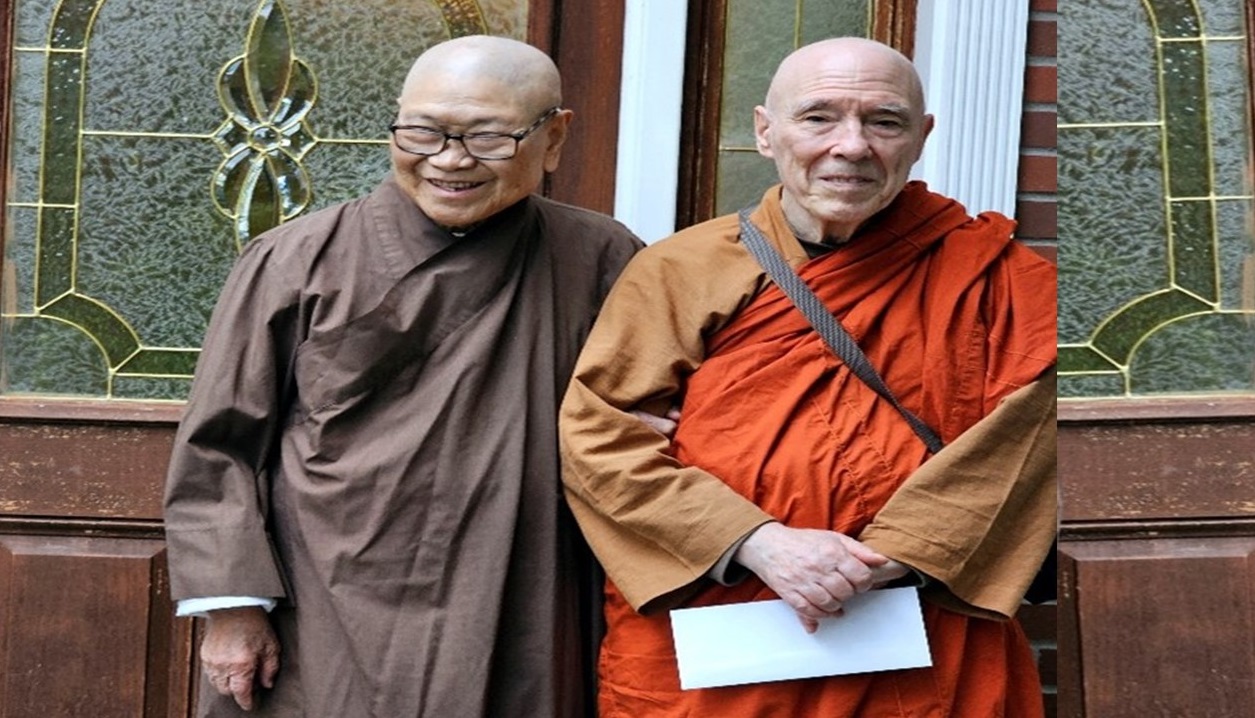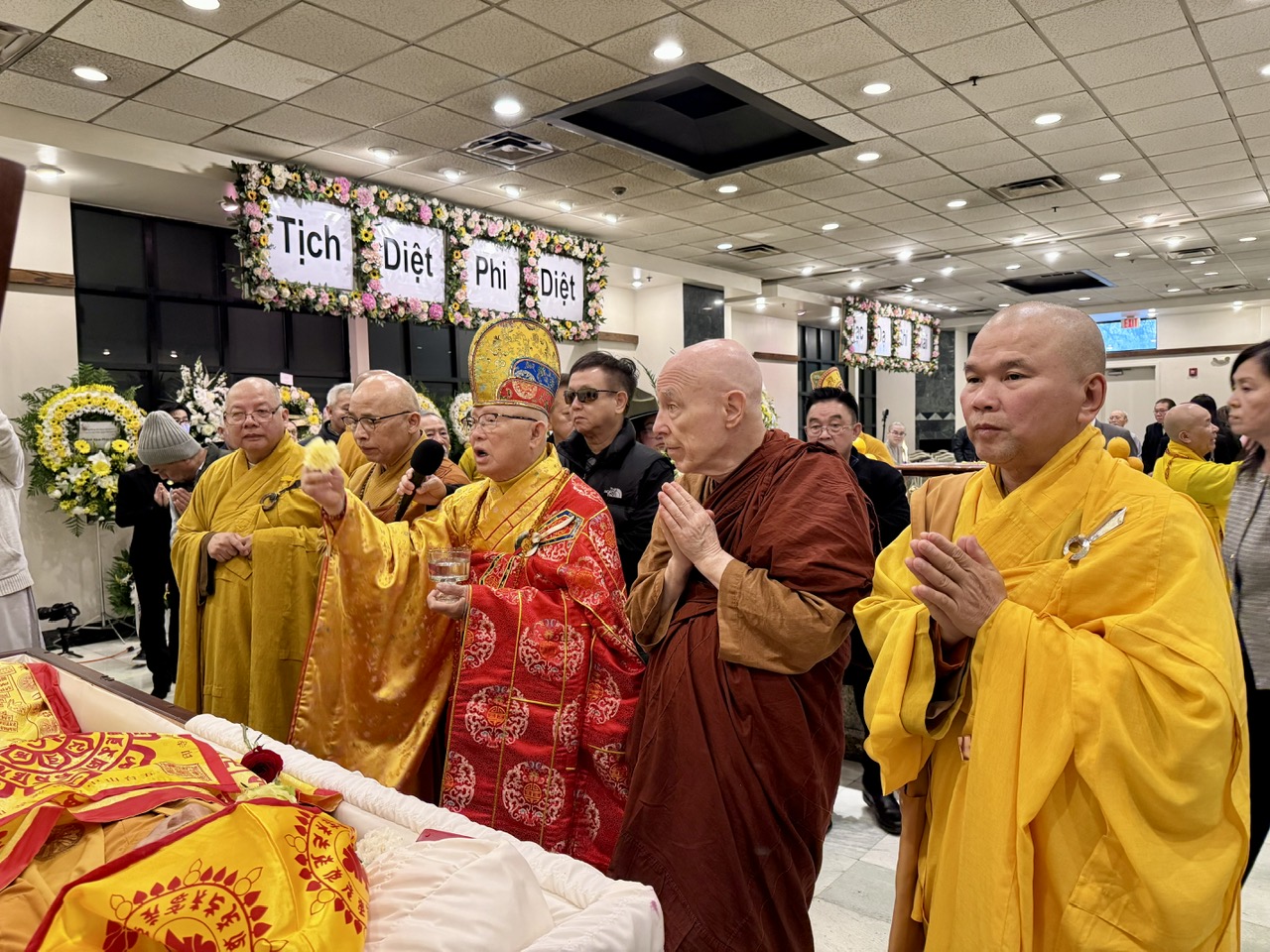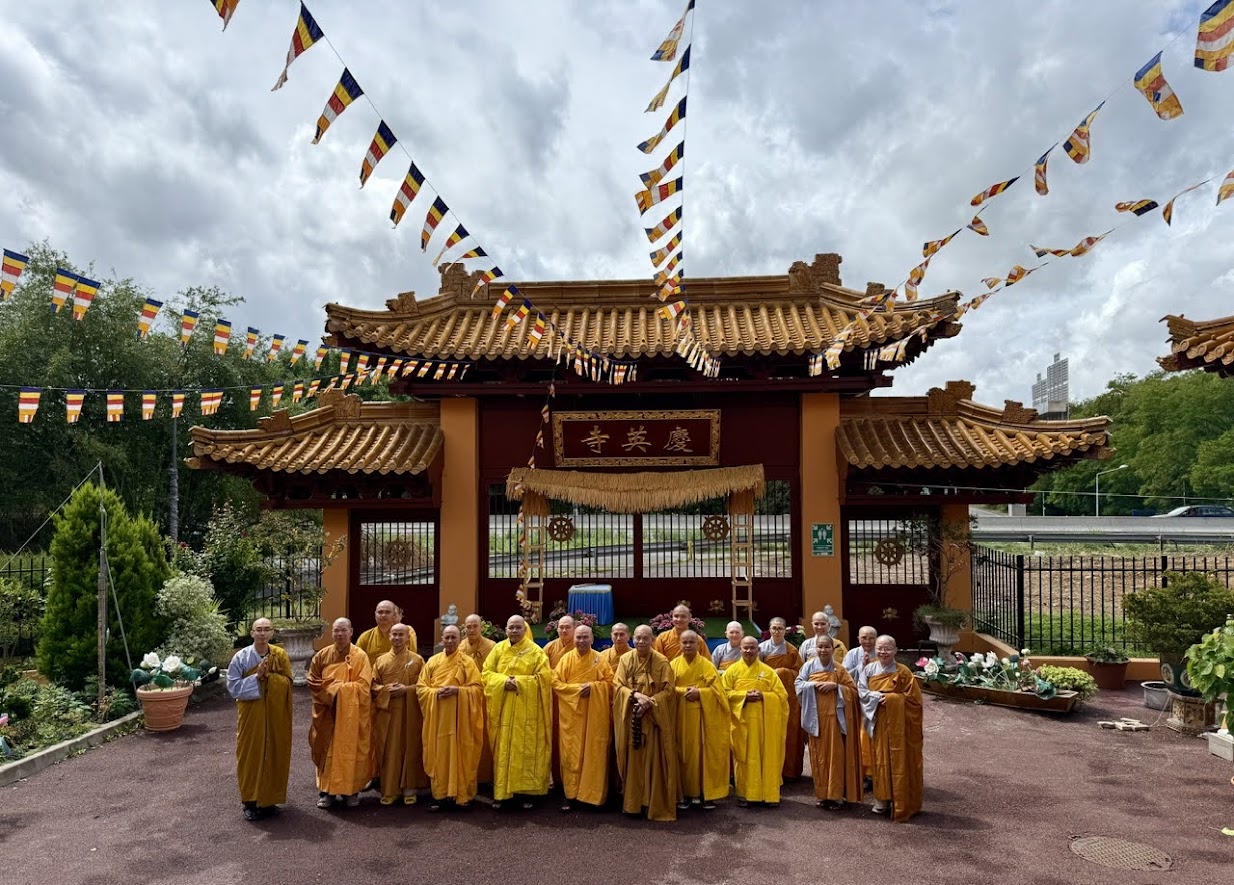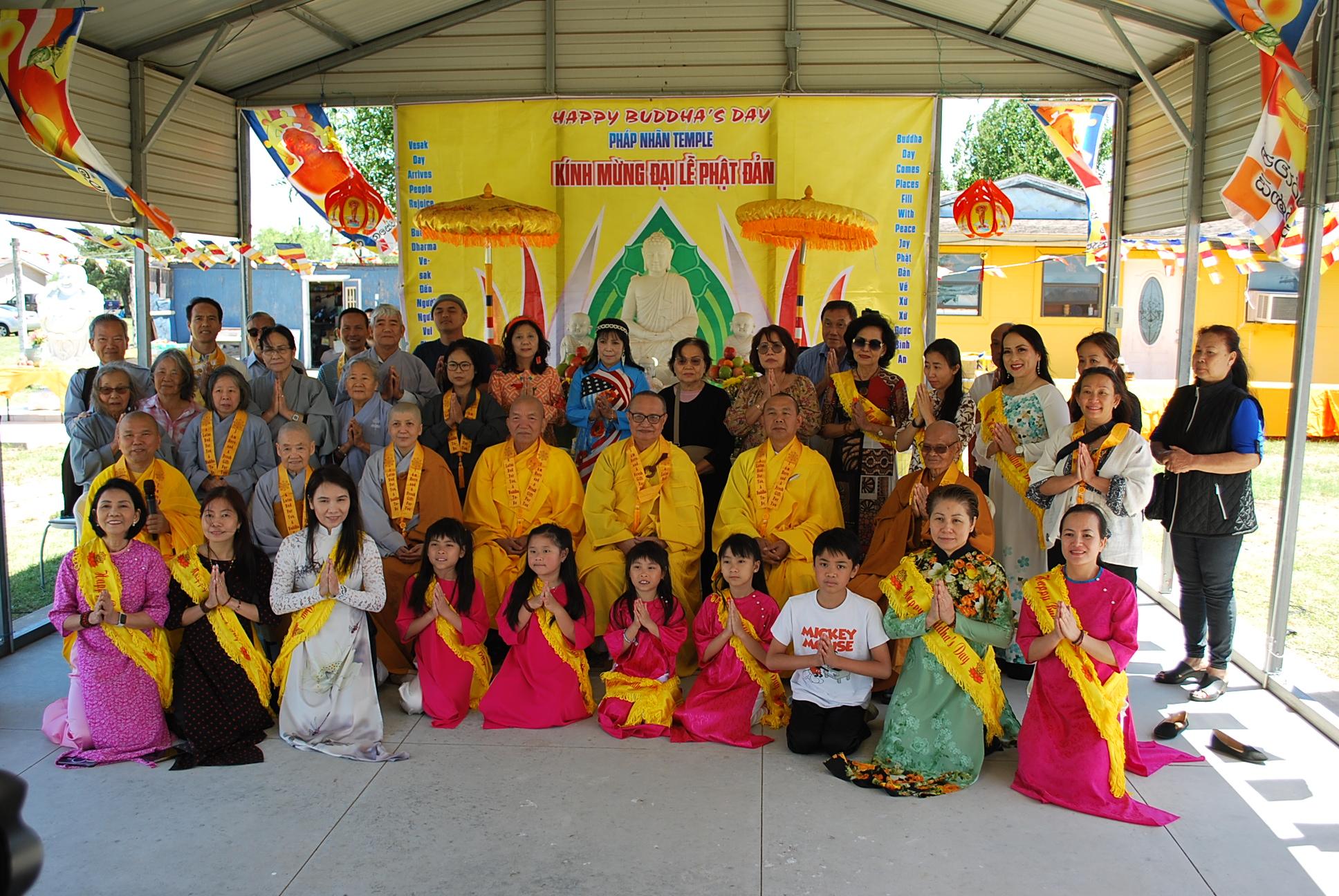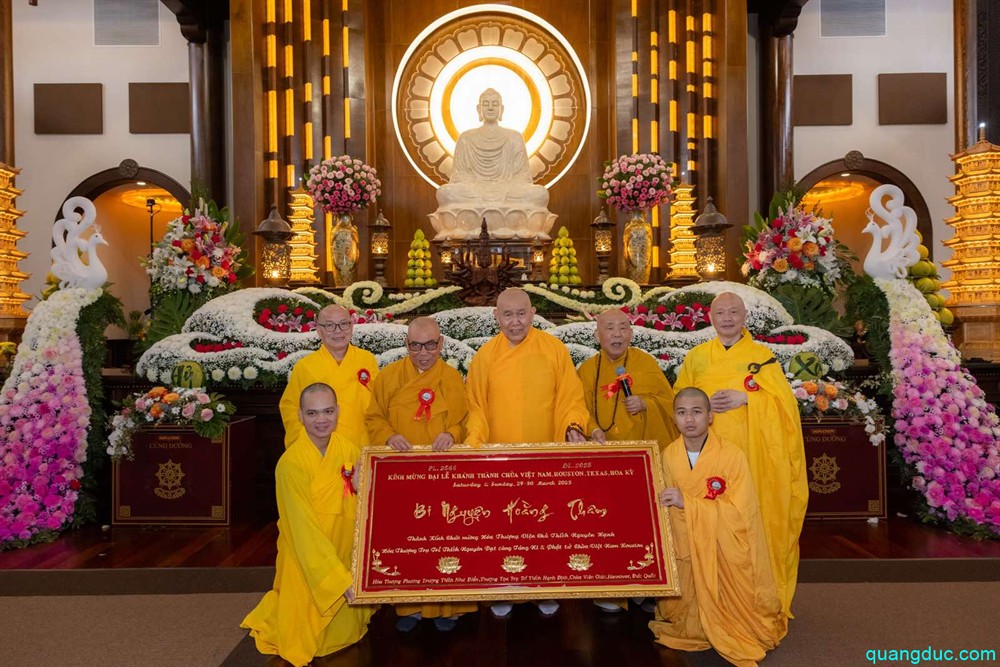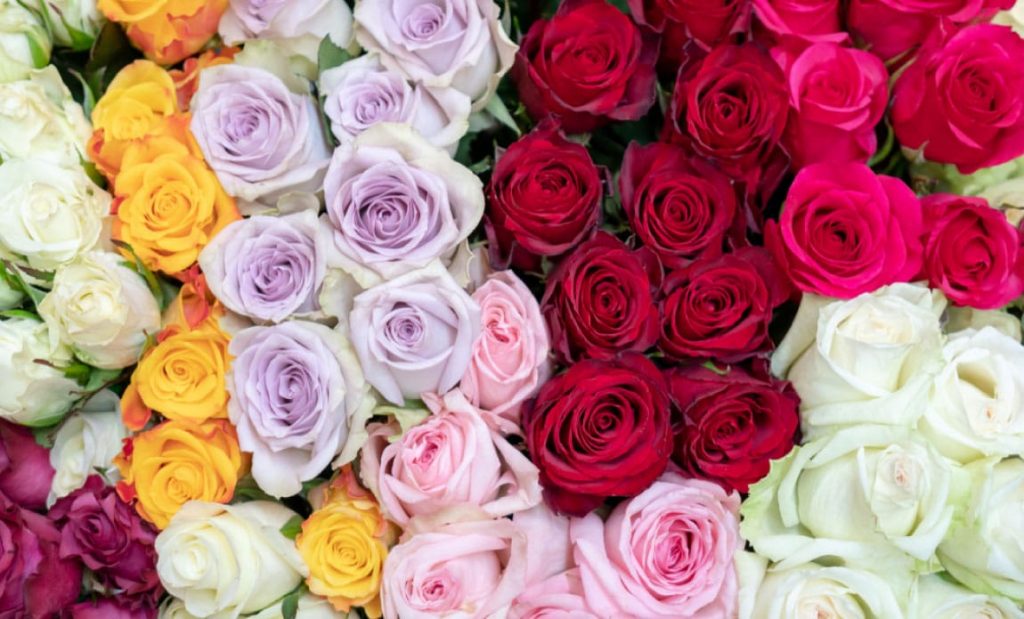Dharmacharya Andrew. J. Williams

A BRIEF HISTORY OF BUDDHISM Part 13 – CENTRAL & NORTHERN ASIA (Part 2)
◆●════◆◇◆ ════ ●◆●
PARTHIA:
“Buddhism expanded westward into the eastern-most fringes of Arsacid Parthia, to the area of Merv, in ancient Margiana (modern day Turkmenistan). Soviet archaeological teams have excavated a Buddhist chapel, a gigantic Buddha statue and a Monastery in Giaur Kala, near Merv.
Parthians were directly involved in the propagation of Buddhism. For instance, An Shigao (148-180 CE), a Parthian Prince, became a Buddhist missionary monk and travelled to China, and is the first known translator of Indian Buddhist scriptures into Chinese.”
TARIM BASIN:
“The eastern part of Central Asia (Chinese Turkestan, Tarim Basin, Xinjiang) has revealed extremely rich Buddhist works of art, such as wall paintings and reliefs in numerous caves, portable paintings on canvas, sculpture and ritual objects, which display multiple influences from Indian and Hellenistic cultures. Serindian art is highly reminiscent of the Gandharan style, and scriptures in the Gandhari script Kharoṣṭhi have been found.
Central Asians seem to have played a key role in the transmission of Buddhism to the East. The first translators of Buddhists scriptures into Chinese were Parthian, like An Shigao and An Hsuan, Kushan of Yuezhi ethnicity, like Lokaksema, Zhi Qian and Zhi Yao, or Sogdians, like Kang Sengkai.
Thirty-seven early translators of Indian Buddhist texts into Chinese are known, and the majority of them have been identified as Central Asians.
Central Asian and East Asian Buddhist monks appear to have maintained strong exchanges until around the 10th century, as shown by frescoes from the Tarim Basin.
These influences were rapidly absorbed, however, by the vigorous Chinese culture, and a strongly Chinese flavour developed from that point onwards.”
◆●════◆◇◆ ════ ●◆●
~Dharmacharya Andrew. J. Williams~
A BRIEF HISTORY OF BUDDHISM Part 14 –
CENTRAL & NORTHERN ASIA (Part 3)
◆●════◆◇◆ ════ ●◆●
CHINA:
“According to traditional accounts, Buddhism was introduced into China during the Han dynasty (206 BCE-220 CE), after, an emperor dreamed of a flying golden man thought to be the Buddha. Although archaeological records confirm that Buddhism was introduced sometime during the Han dynasty, it did not flourish in China until the Six Dynasties period (220-589 CE).
The year 67 CE saw Buddhism’s official introduction to China with the coming of the two monks Moton and Chufarlan. In 68 CE, under imperial patronage, they established the White Horse Temple, which still exists today, close to the imperial capital at Luoyang. By the end of the 2nd century, a prosperous Buddhist community had settled at Pengcheng (modern day Xuzhou, Jiangsu).
The first known Mahayana scriptural texts are translations into Chinese by the Kushan monk Lokakṣema in Luoyang, between 178 and 189 CE. Some of the earliest known Buddhist artifacts found in China are small statues on ‘money trees’, dated 200 CE, in typical Gandharan drawing style. That the imported images accompanying the newly arrived doctrine came from Gandhara is strongly suggested by the early Gandharan characteristics on this ‘money tree’, such as the Buddha with an uṣhnisha vertical arrangement of the hair, moustache, symmetrically looped robe and parallel incisions for the folds of the arms.
In the period between 460-525 CE, during the Northern Wei dynasty, the Chinese constructed the Yungang Grottoes, which are outstanding examples of Chinese stone carvings from the 5th and 6th centuries. All together the site is composed of 252 grottoes with more than 51,000 Buddha statues and statuettes.
Another famous example of Buddhist Grottoes is the Longmen Grottoes which started with the Northern Wei Dynasty in 493 CE. There are as many as 100,000 statues within the 1,400 caves, ranging from 25 mm to 17 metres in height. The area also contains nearly 2,500 stelae and inscriptions, as well as over sixty Buddhist pagodas.
Buddhism flourished during the beginning of the Tang Dynasty (618–907 CE). The dynasty was initially characterised by a strong openness to foreign influences and renewed exchanges with Indian culture due to the numerous travels of Chinese Buddhist monks to India from the 4th to the 11th centuries. The Tang capital of Changan (modern day Xian) became an important centre for Buddhist thought. From there Buddhism spread to Korea, and the Japanese embassies of Kentoshi helped gain footholds in Japan.
However, foreign influences came to be negatively perceived towards the end of the Tang Dynasty. In the year 845 CE, the Tang emperor Wuzong outlawed all foreign religions, including Buddhism, in order to support the indigenous Taoism. Throughout his territory, he confiscated Buddhist possessions, destroyed monasteries and temples, and executed Buddhist monks, ending Buddhism’s cultural and intellectual dominance.
However, about a hundred years after the Anti-Buddhist Persecution, Buddhism revived during the Song Dynasty (1127–1279 CE).
Pure Land and Chan Buddhism continued to prosper for some centuries, the latter giving rise to Korean Seon and Japanese Zen. In China, Chan flourished particularly under the Song dynasty (1127–1279 CE) when its monasteries were great centres of culture and learning.
In the last two thousand years, Chinese Buddhists have established what are known as The Four Sacred Mountains of Buddhism. Mount Wutai, Mount Emei, Mount Jiuhua and Mount Putuo.
Today, China boasts one of the richest collections of Buddhist arts and heritages in the world. UNESCO World Heritage Sites such as the Mogao Caves near Dunhuang in Gansu province, the Longmen Grottoes near Luoyang in Henan province, the Yungang Grottoes near Datong in Shanxi province, and the Dazu Rock Carvings near Chongqing are among the most important and renowned Buddhist sculptural sites. The Leshan Giant Buddha, carved out of a hillside in the 8th century during the Tang Dynasty, and which overlooks the confluence of three rivers, is still the largest stone Buddha statue in the world.”
◆●════◆◇◆ ════ ●◆●
~Dharmacharya Andrew. J. Williams~




